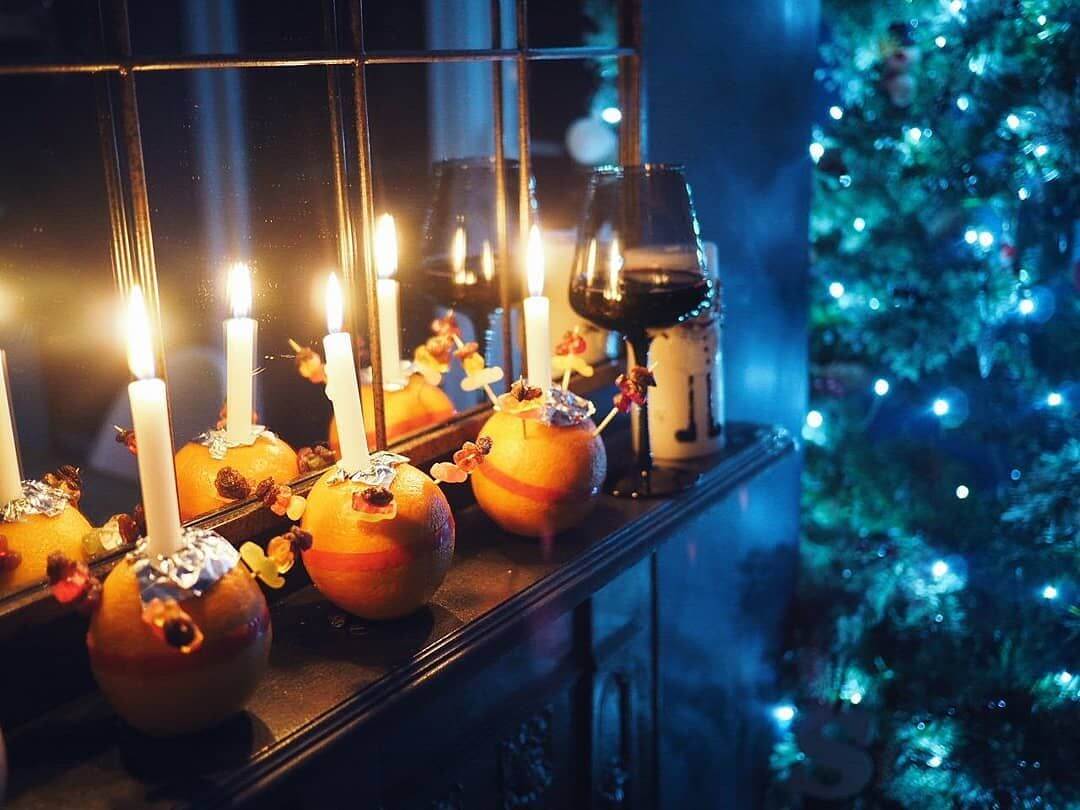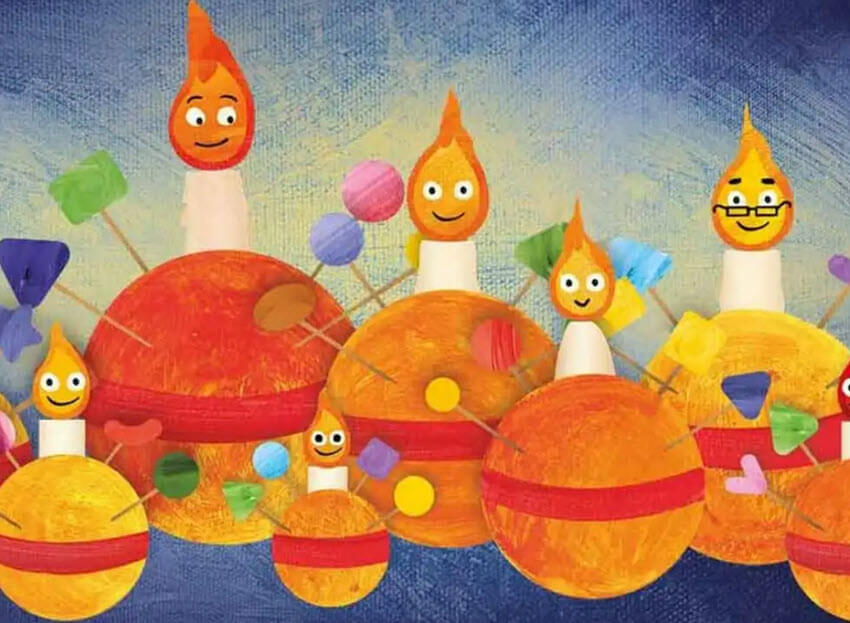Explore the profound symbolism and rich historical origins of Christingles, a cherished tradition in Christian Advent celebrations.

A Christingle is a symbolic object used in certain Christian traditions, primarily during Advent and Christmas Eve services, especially in Anglican, Methodist, and Lutheran churches. It is often used as a teaching tool to represent various aspects of the Christian faith, particularly the message of Jesus Christ as the “Light of the World.”
A typical Christingle consists of the following components:
- Orange: The orange represents the Earth or the world.
- Candle: A candle is placed in the center of the orange, symbolizing Jesus as the light of the world.
- Red Ribbon or Tape: A red ribbon or tape is wrapped around the orange, symbolizing the blood of Christ shed for humanity’s salvation.
- Dried Fruits or Sweets: Four sticks or skewers are inserted into the orange, and they hold dried fruits, sweets, or nuts. These represent the fruits of the earth and God’s blessings.
The symbolism of the Christingle varies slightly depending on the tradition and the specific teaching emphasis of the service. During the Christingle service, hymns, prayers, and readings are often incorporated to explain the significance of each element.
Christingle services are especially popular in some European countries and are often held as a family-oriented event, including children. They serve as a reminder of the spiritual meaning of Christmas, with the candle’s light representing the presence of Christ in the world.
While the Christingle is not universally observed in all Christian denominations, it has become a meaningful and educational tradition in many churches, particularly in the United Kingdom.

The History of Christingles
The history of Christingles dates back to the mid-20th century and is closely associated with the Moravian Church. Here is a brief overview of the historical development of the Christingle:
- Origins in the Moravian Church: The Christingle tradition is believed to have originated with the Moravian Church, a Protestant denomination that traces its roots to the 18th-century religious revival in Germany. The Moravians had a strong missionary tradition and sought creative ways to teach the Gospel, especially to children.
- The First Christingle: The precise date of the first Christingle service is not well-documented, but it is generally attributed to Johannes de Watteville, a Moravian bishop, who organized a children’s service in the Moravian Church in Marienborn, Germany, in the early 18th century. This service featured a simple symbol to help children understand the message of Christ, which included a candle in an orange.
- Introduction to the United Kingdom: The tradition of Christingles was introduced to the United Kingdom in the mid-20th century. John Pensom, a children’s worker, saw a Christingle service in Germany in the 1960s and decided to bring the tradition to the United Kingdom. He introduced it to the Anglican Church as a way to engage children in learning about the Christian faith.
- Spread and Adoption: The Christingle service gained popularity in the United Kingdom, especially within Anglican, Methodist, and Lutheran churches. It became a meaningful part of Advent and Christmas Eve celebrations, particularly in schools and as family-oriented events.
- Adaptations and Variations: Over the years, different denominations and churches have adapted the Christingle tradition, with slight variations in the symbolism and customs associated with the ceremony. However, the core elements of the orange, candle, red ribbon, and fruits or sweets have remained relatively consistent.
- Charitable Associations: In addition to its religious significance, Christingle services have also been associated with charitable efforts. Many Christingle services raise funds for various children’s charities, emphasizing the theme of sharing God’s love and blessings with those in need.
Today, Christingles continue to be an important part of the Advent and Christmas season in the United Kingdom and some other countries, serving as both a religious and educational tool for conveying the message of Christ’s light to children and the broader community.